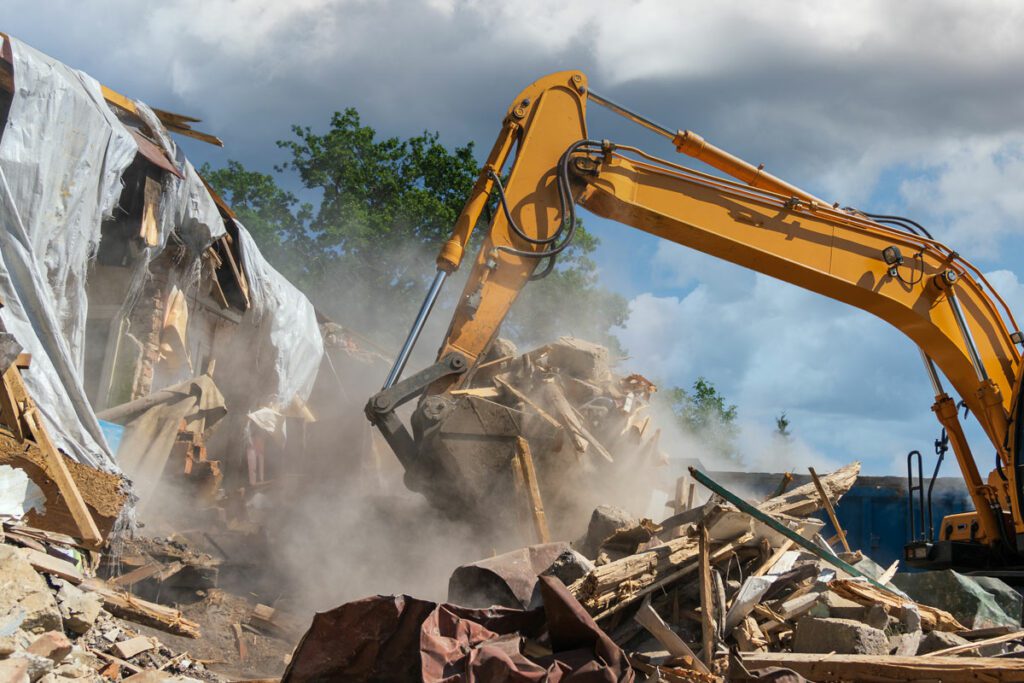

Stevedoring and bulk cargo distribution center Servicios Especiales Portuarios S.A. (SEPSA) needed a cost effective method to control dust during vessel unloading and protect nearby downtown Veracruz, Mexico.
The answer is a powerful dust suppression technology to maximize productivity and minimize water usage, while protecting workers, the sensitive marine environment, and nearby community.
The atomized mist dust suppression equipment replaces manual hose spraying techniques, enabling the company to effectively manage both settled dust and airborne particles, saving money on water charges and redirecting manpower to core activities.
Servicios Especiales Portuarios S.A. (SEPSA) handles more than a million metric tons of bulk cargo per year, primarily materials related to the steel and cement industries, including shredded scrap, pig iron, hot briquette iron and pet-coke.
"The huge plume coming from the machine also serves as an impressive visual demonstration of our dust management technique."
Andrew Gillespie - Director
Designed from the outset of operations in 2006 to jump-start the efficiency of material handling at the Port of Veracruz, the SEPSA facility has implemented a variety of changes that have further raised productivity more than 40 percent since that time.
“Each dry bulk material presents its own unique challenges,” said Director Andrew Gillespie. “What complicates matters for us is the strong northerly winds that prevail for about half the year. In addition, the port is nestled into the downtown core of Veracruz, so we have to take great care to prevent fugitive dust,” he said.

Describing the company’s search for a more effective dust control techniques, Gillespie continued: “We have a commitment to ensure that the port and the surrounding community continue to live in harmony and that we take all practical measures to protect the environment. All of the equipment that we purchase or fabricate is acquired with that in mind,” he said.
“We were looking for the best possible dust suppression methods and when we had a chance to observe the DustBoss at various ports of call around the U.S., we felt like we’d found the right technology,” he added.

DUST CONTROL SOLUTIONS AT THE PORT FACILITY
For vessel loading/unloading, SEPSA employs remote controlled diesel hydraulic clamshell and/or cactus grabs with a capacity of 15 cubic meters. Dockside cranes capable of handling 25-30 metric tons are used and the company now reports ship discharge rates of more than 1,000 metric tons per hour, with no fugitive dust or negative environmental effects.
In order to maximize the dust suppression on the ground, the DustBoss has an optional metering pump built in that allows SEPSA to apply a mixture of water and cellulose to the coal stockpiles, which forms a thin crust and eliminates fugitive dust migration during periods of high winds.
“The method excels at managing the super-fine particles such as petcoke,” Gillespie said. “It prevents truck movements in the yard from disturbing the stockpiles and keeps the material from migrating off-site."
"We were looking for the best possible dust suppression methods and when we had a chance to observe the DustBoss® at various ports of call around the U.S., we felt like we'd found the right technology."
Andrew Gillespie - Director
DustBoss comes with a wide range of nozzles and spray manifolds for different applications, providing the ability to customize the spray pattern and droplet size to suit the specific type of dust being addressed. When equipped with optional 359° oscillation, the DustBoss DB-60 dust suppression machine can cover nearly 125,000 square feet (approx. 1.1 hectares) from a stationary location.
The atomized misting dust control system is primarily used in the storage areas at the port to control dust during vessel unloading and subsequent distribution of material to rail cars and trucks, operations which typically take 2 to 4 days per ship. SEPSA also moves the DustBoss to the pier occasionally, depending on wind conditions and the material being unloaded.
“This technology has been very effective for us,” said Gillespie. “The DustBoss is extremely effective at capturing airborne dust particles, while sufficiently dampening the roadways to prevent the fine dust from becoming airborne. Yet it doesn’t over-saturate the area. The huge plume coming from the machine also serves as an impressive visual demonstration of our dust management technique,” he added.
Gillespie is currently refining plans to mount the DustBoss on a tanker truck with a generating unit, creating a self-contained dust suppression vehicle that delivers tremendous versatility, one that can be quickly relocated to any given location at the facility within minutes.
IMPLEMENT DUST CONTROL AT YOUR JOB SITE!
Receive a quick quote and talk to a dust control specialist today to end fugitive dust!




